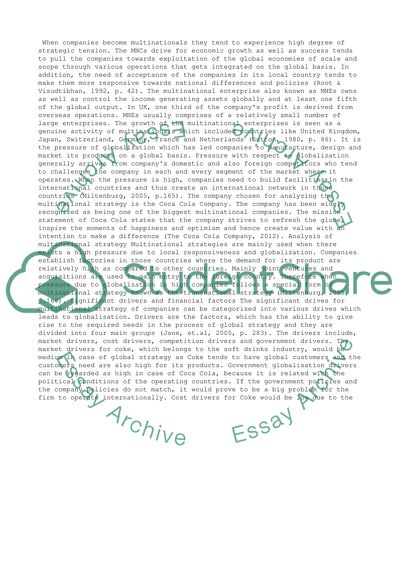Cite this document
(“Multinational Strategy adopted by Coca Cola Essay”, n.d.)
Retrieved from https://studentshare.org/business/1398614-multinational-strategy-adopted-by-coca-cola
Retrieved from https://studentshare.org/business/1398614-multinational-strategy-adopted-by-coca-cola
(Multinational Strategy Adopted by Coca Cola Essay)
https://studentshare.org/business/1398614-multinational-strategy-adopted-by-coca-cola.
https://studentshare.org/business/1398614-multinational-strategy-adopted-by-coca-cola.
“Multinational Strategy Adopted by Coca Cola Essay”, n.d. https://studentshare.org/business/1398614-multinational-strategy-adopted-by-coca-cola.


